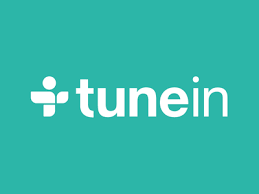99th anniversary of Transatlantic Tests
/On 11th December 1921, radio history was made when the signal from amateur station 1BCG in Greenwich, Connecticut was heard in Ardrossan, Scotland, marking the first successful transmission of any radio signal across the Atlantic using short wave frequencies.
The event, known as the Transatlantic Tests, was organized by the ARRL to prove that short-wavelength frequencies could propagate long distances using transmitters running less than 1kW. Paul Godley (2ZE), considered the best of operators, was sent to Europe to listen for the participating stations. His nine tube receiver used the latest superheterodyne technology which he modified for these frequencies. On his ocean journey to England, Godley coincidentally met Harold Beverage who convinced him to use a specially designed 1300' antenna, referred during that event as the highly sensitive and directional "Beverage Antenna".
During a pre-event dinner arranged for him by his British hosts, Godley met Guglielmo Marconi, founder of radio, who asked him to remind the U.S. amateurs that "I, too, am but an amateur".
Over the course of the test period, more than two dozen stations were heard, both utilizing spark and vacuum tube CW, but the one that was received the most consistently was operated by six members of the Radio Club Of America: Ernest Amy (2VK), Edwin Armstrong, George Burghard (2SS), Minton Cronkhite (1BCG), John Grinan (NJ2PZ), and Walker Inman (2BGM). Their station, 1BCG, sent the following, recorded as the first-ever transatlantic message sent on shortwave at 2152 GMT on December 11, 1921:
"No.1 de 1BCG. W-12 (Words 12), New York, Date 11/12-21, To Paul Godley, Ardrossan, Scotland, Hearty Congratulations, Burghard, Inman, Grinan, Armstrong, Amy, Cronkhite" - http://www.internetwork.com/radio/n1bcg/



